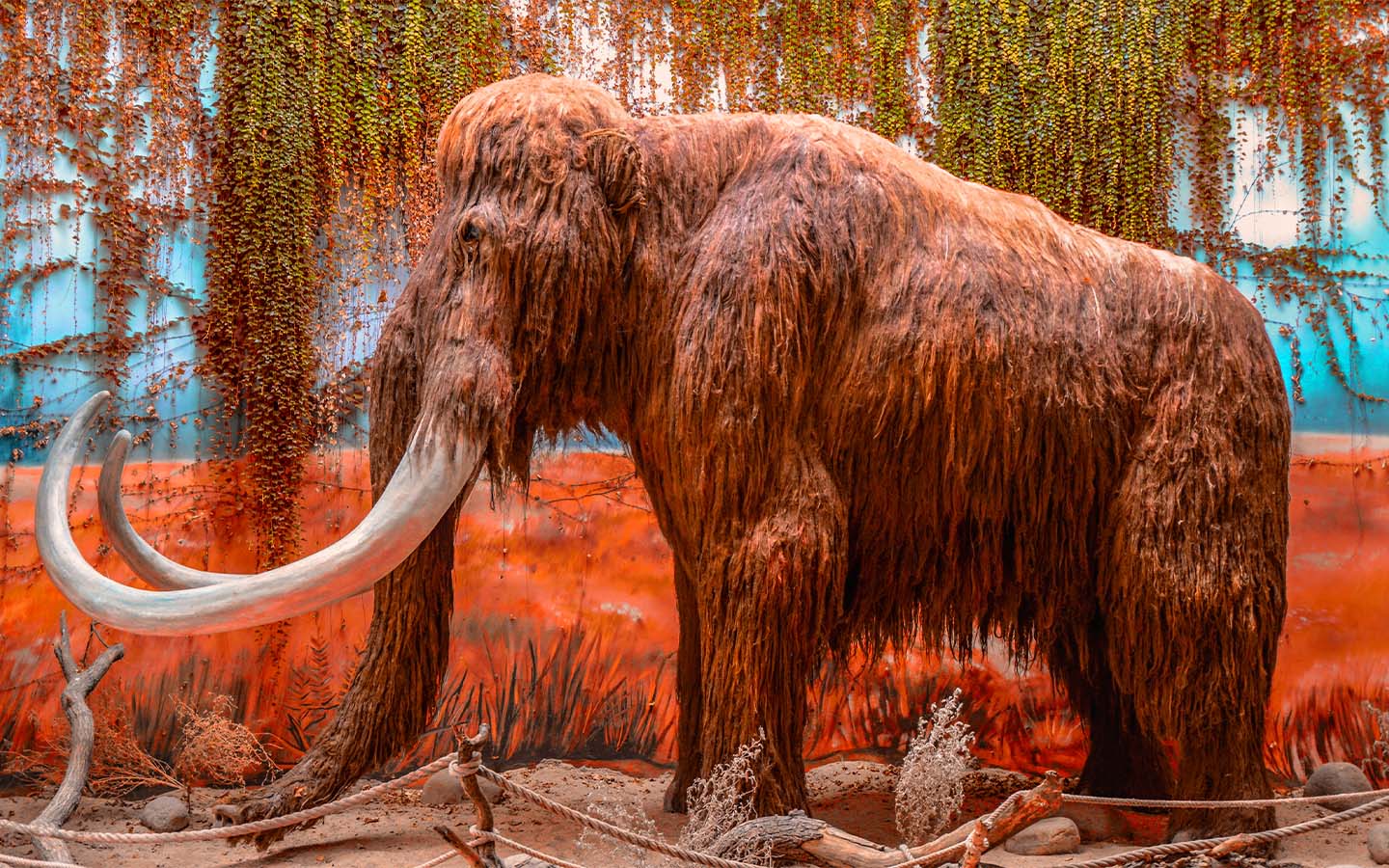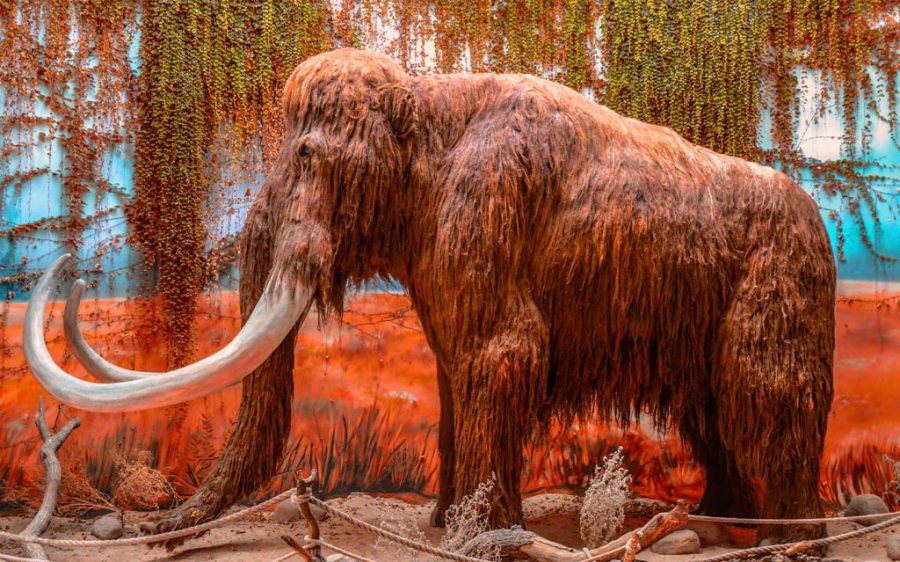A biotechnology company has taken a suitably giant step forward in its mission to bring woolly mammoths back from extinction, where they’ve been for the past 4,000 years.
US-based Colossal Biosciences has produced a line of Asian elephant stem cells able to be transformed into the types of cells needed to engineer mammoth DNA and grow tissue samples, the Washington Post reports.
“It’s probably the most significant thing so far in the project,” said George Church, a Harvard geneticist and Colossal Biosciences’ co-founder. “There are many steps in the future.”
[See more: Mozambican national park celebrates the arrival of rhino calves]
The company’s plan is to eventually fuse genetically edited mammoth genes into an elephant egg, then implant a resulting embryo into an elephant surrogate and wait for her to give birth. Technologically, the process will be incredibly difficult.
In woolly mammoths’ heyday, the roughly elephant-sized mammals roamed Eurasia and America’s freezing northern tundra regions. Colossal Biosciences’ ultimate aim is to repopulate the Arctic tundra with mammoth herds. It says the weight of the herds will press down on the permafrost, preventing some of it from melting, thus combating climate change.
While bringing back bygone species – which include the Western black rhino, a number of tigers and the dodo bird – is a chance to correct humanity’s role in the world’s ongoing extinction crises, the Post raises a number of ethical quandaries that plague this project (and projects like it).
[See more: Portugal and Spain deploy animal allies in the battle against wildfires]
Could the money be better spent elsewhere (such as on preserving existing species or protecting habitats), for example? Also, what if reintroducing a species to an ecosystem that has adapted to life without it, or that never housed it in the first place, is disruptive? Unintended consequences like changes in predator-prey dynamics may be detrimental to current species, for instance.
Church justifies the company’s resurrection project as “working out technology that’s useful for conservation and climate change”.
But one zoologist asked how a baby woolly mammoth could learn how to behave like a woolly mammoth from an elephant parent. A paleobiologist questioned whether Colossal Biosciences’ bioengineered creature would even be a woolly mammoth. “It’s a completely new organism that’s being created,” she argued.






